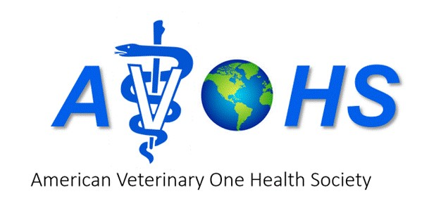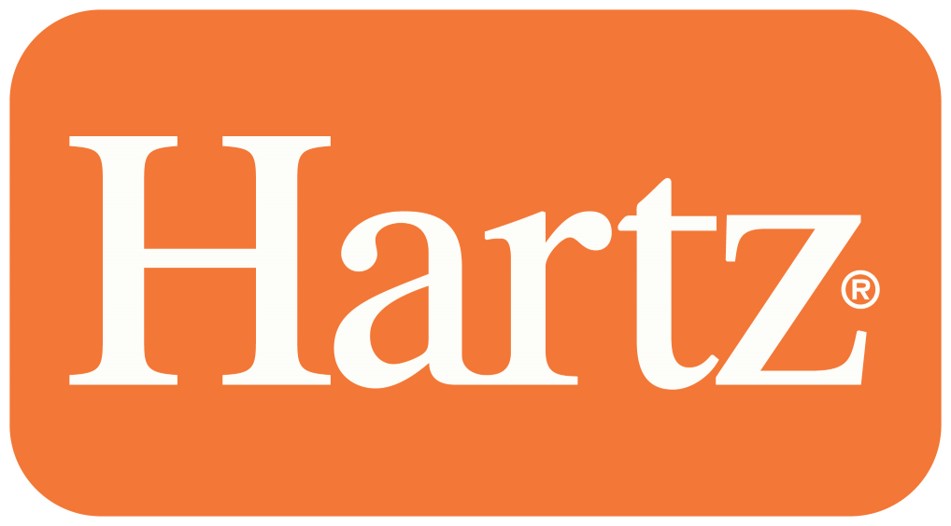History of the American Veterinary One Health Society
Excerpted from Chapter 18-- Animal Health, Human Health, One Health: The Life and Legacy of Dr. James H. Steele
Dr. James H. Steele’s drive to create the American Veterinary Epidemiology Society (AVES) stemmed primarily from his desire to recognize Dr. K. F. Meyer, an outstanding scientist, mentor, colleague and friend. “I patterned the AVES after the American Epidemiology Society (AES), an old-line, honorary epidemiological society that dates back to its origin in 1927,” Jim said.
“The AES was composed of epidemiologists in human medicine that did so much of the early, significant work in the field. The AES also became an advisory group to the Armed Forces Epidemiology Board (AFEB), which was formed in 1940 during World War II,” Jim stated. The board members were primarily civilian and academic medical scientists who advised the Army regarding the epidemiology of infectious diseases that were threatening deployed military personnel. “Dr. John Herbold, a leading veterinarian and professor at the University of Texas School of Pubic Health, San Antonio, Texas, and a very close friend of mine, is currently an advisory member of the AFEB,” Jim said. The establishment of the Armed Forces Epidemiological Board was a milestone in the history of epidemiology in the US. “I wanted to create a similar forum to recognize leaders in veterinary epidemiology and public health.” Jim stated.
“The school of medicine at the University of California, San Francisco initiated a Gold-Headed Cane Award in 1939. The award has its beginnings in the seventeenth century and was awarded by the king of England to his personal physician,” Jim explained. The cane was passed on from doctor to doctor for honorable service and eventually became a symbol of the highest learning and medical excellence. The head of the cane has a special significance as outlined in the following passage:
The head of the cane had a hollow compartment into which herbs and potions could be placed which would repel contagion. The physician could place the head of the cane beside his nose to breathe the potent smell instead of the terrible necrotic smell of his patients. The canes awarded by the California School of Medicine contained an illuminated scroll in the compartment. On it was an inscription symbolizing the ideals of the true physician.
--From The Gold-Headed Cane by William Macmichael, 1953
The Gold-Headed Cane Award is presented to the graduating medical student who, according to the faculty and his/her class, is judged as displaying the qualities of a “true physician.” As outlined in the chapter on Hartz Mountain, “I established the American Veterinary Epidemiology Society (AVES) in 1964. Based on my knowledge of the history of the award created at the University of California for physicians, I initiated the K. F. Meyer Gold-Headed Cane Award in Dr. Meyer’s name on his eightieth birthday. I believed strongly that this was a fitting way to honor K. F.’s work and contributions in veterinary public health. The Hartz Mountain Company provided full sponsorship of the AVES from the beginning until the present,” Jim said. He will always treasure Hartz Mountain’s outstanding support of the AVES and veterinary public health.
“I learned about all of this through K. F. Meyer, who was working in the University of California system. He planted the seed for me to recommend a similar award to be given by the AVES. The K. F. Meyer Gold-Headed Cane Award is the highest honor given to a veterinarian by the AVES,” Jim said. K. F. Meyer, of course, was the first recipient in 1964 on his eightieth birthday. Dr. Donald Dean of the New York State Health Department also received a cane in 1964. Dr. Raymond Randall was awarded the cane in 1965 for his long and successful career at Walter Reed Medical Research Center. Dr. Jim Steele received the Gold-Headed Cane Award in 1966, followed by his friend and colleague Dr. Martin Kaplan in 1967. The Gold-Headed Cane Award recipients are a veritable Who’s Who of veterinary public health throughout the years.
In 1967, the AVES began awarding one honorary diploma each year to a distinguished veterinary scientist. The first went to Dr. George Beran in 1967, followed by Dr. Henrik J. Stafseth in 1968. After that year, one or more diplomas were awarded each year until the 1990s, when five became the standard number to be given out in any one year. “I stayed on as president until 1989, when I suffered a minor heart attack. I felt that it was time to get someone new onto the podium!” Jim said. Subsequently, Drs. Joe Held, Robert Jorgensen, Harry Mussman, Lonnie King and George Beran have served as AVES presidents. Dr. Beran has been presiding since 2008.
“In 1995, the AVMA included the awarding of the AVES Gold-Headed Cane in the opening ceremony of the meeting each year. However, the private AVES award luncheons and breakfasts have carried on until the present time and are still sponsored by the Hartz Mountain Company. A special dinner for the awardees is held the night before the awards are presented,” Jim said. In 2006 at the meeting in Honolulu, the AVES award luncheon was combined with the AVMA president’s luncheon. Jim and Brigitte, his second wife whom he married after Aina’s death in 1969, could not attend the meeting this year. “The only other time we missed was Baltimore in 1998,” recalled Jim. There were two vacant chairs placed at the table in their honor. Surgeon General David Satcher (1998-2002) lavished praised on Jim as he spoke at the meeting. “Somehow, an AVES event isn’t the same without Jim and Brigitte!”


